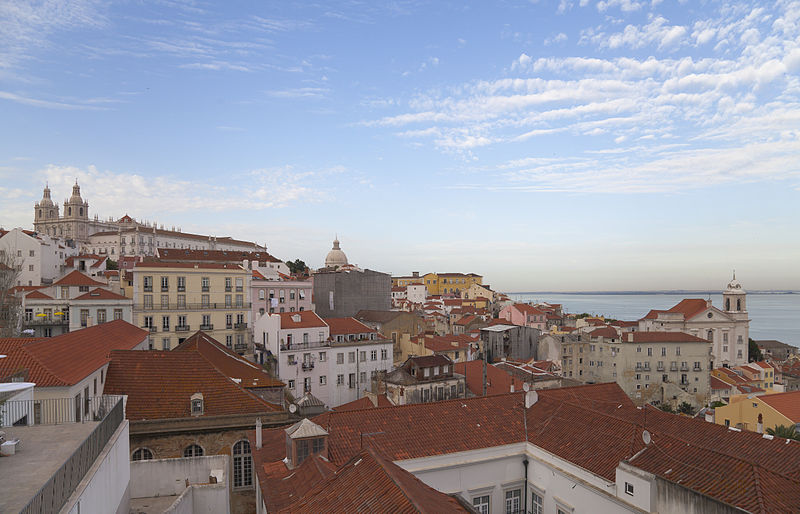Portugal (along with Spain, Andorra, the Vatican, Iceland, Liechtenstein, Ireland, San Marino, Sweden, and Switzerland) was one of the few European countries that managed to remain independent throughout the Second World War. For people from different countries and social groups in Europe who were particularly vulnerable to persecution by the German Nazis, especially the Jews, the Portuguese ports on the Atlantic were the last means of escape.
Lisbon is Portugal’s largest port city. It was made famous in the world after the end of the Second World War by a novel by the German writer Erich Maria Remarque (1898-1970) “A Night in Lisbon”, published in 1962. Sold as many as about one million copies, E. M. Remarque’ novel addressed the problem of WW2 refugees. After the outbreak of war, the author himself became one of them. He left for the United States in 1939 and was considered a banned writer in the Third Reich. His sister did not travel with him and in 1943 the Germans sentenced her to death. The sentence was carried out.
It is not known exactly how many refugees attempted to escape through Portuguese ports from German persecution during the Second World War. According to German estimates, it was less than 25,000 in 1940. However, getting out of Portugal was not easy and involved a long, exhausting wait. The policy of Prime Minister Antonio de Oliveira Salazar, who feared for Portugal’s fragile neutrality towards refugees, was changing to the disadvantage of foreigners.
Those who managed to leave Portugal, most often for the United Kingdom or the Americas, included between 4,000 and 5,000 civilian Polish citizens, with more than half of them being Jews. In addition, some 8,000 Polish soldiers sailed from Lisbon to the front.





